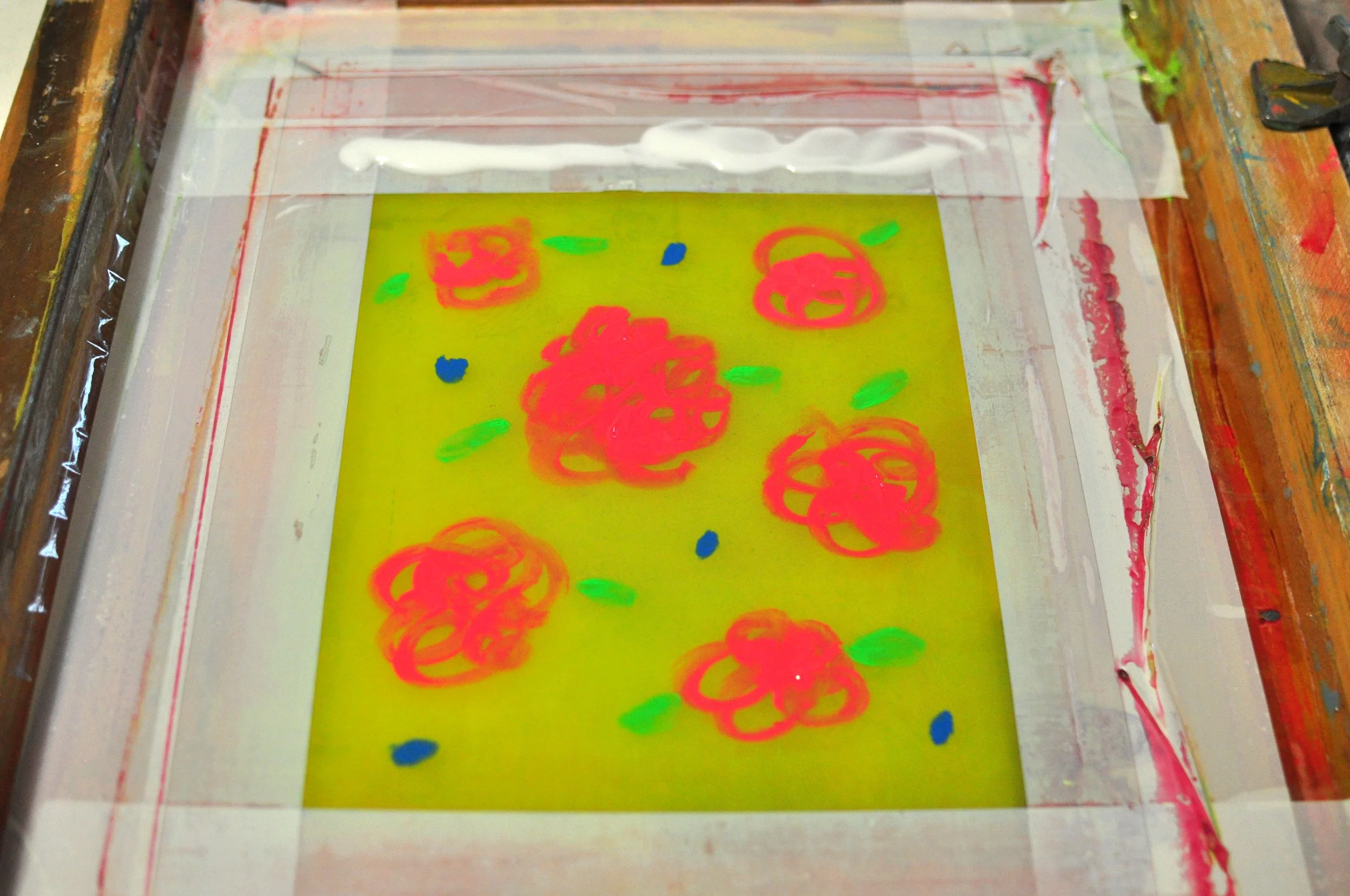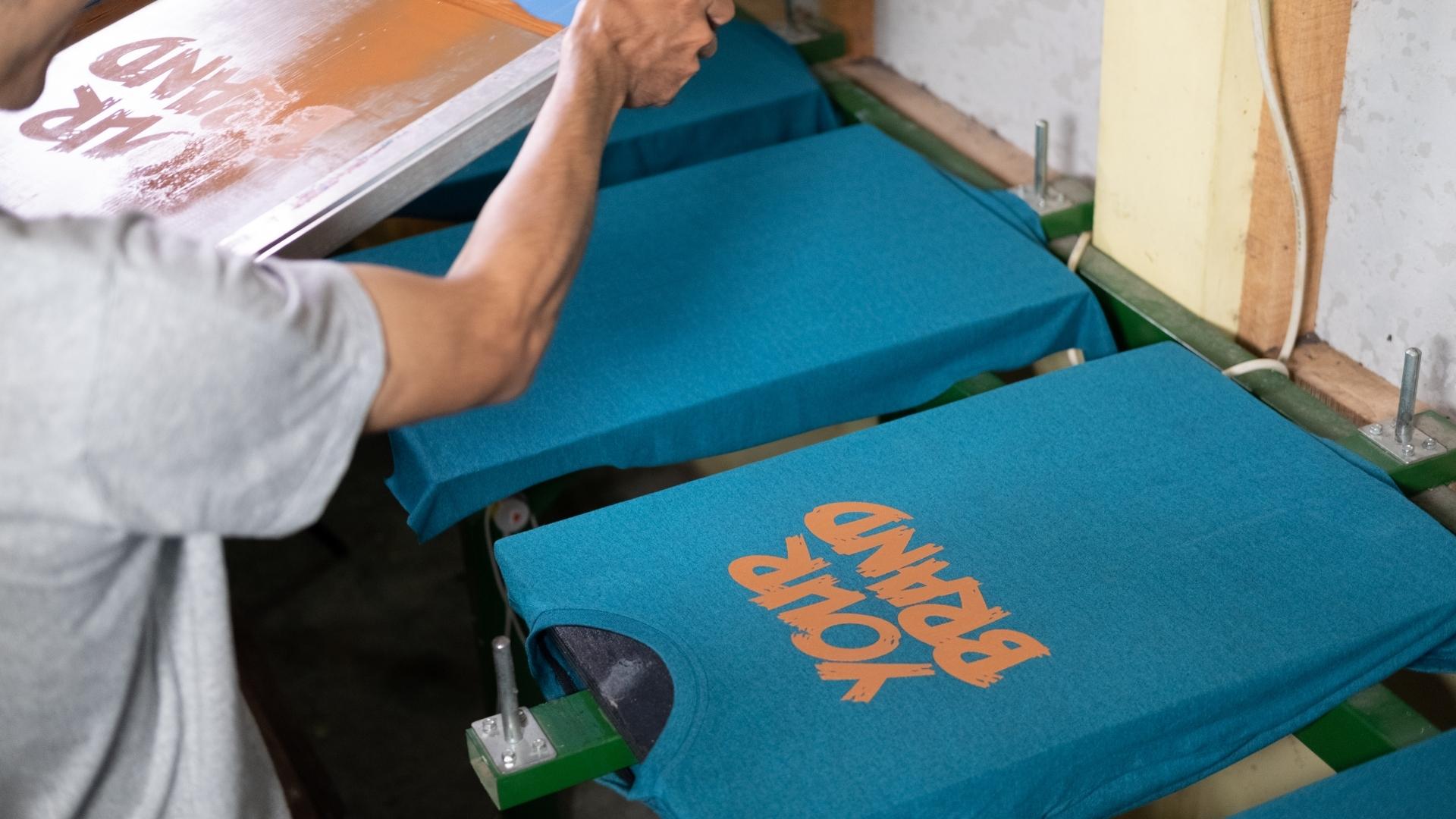The Vital Overview to Recognizing Screen Printing and Its Versatile Utilizes
Screen printing has an abundant background that dates back to ancient times, evolving into an advanced method used across different sectors today. This overview discovers the intricacies of the screen printing procedure, describing its applications in fashion, advertising and marketing, and home decoration - 10:9 Design Abilene. Comprehending these principles can open imaginative capacity for both industrial and creative tasks. The complying with areas will reveal vital suggestions and strategies to boost one's screen printing undertakings
The Background of Screen Printing
Screen printing has origins that map back centuries, its evolution reflects the technological and imaginative innovations of numerous societies. Originating in old China, the method was originally made use of for decorating textiles and later infect Japan, where it ended up being essential to Ukiyo-e woodblock printing. The technique moved to Europe in the 18th century, where it obtained popularity amongst artisans and industrial printers. The invention of picture solution in the 20th century revolutionized screen printing, enabling more complex styles and greater efficiency. Artists like Andy Warhol further pushed its appeal, making use of the tool to develop famous works that combined commercialism and fine art. By the late 20th century, screen printing had actually developed itself as a functional strategy, utilized in vogue, marketing, and art. Today, it remains to evolve, integrating electronic modern technology and expanding its applications across different industries.
The Screen Printing Refine Explained
Screen printing transforms imaginative visions right into tangible designs via a collection of precise steps. Originally, a photo is developed and after that moved onto a screen, usually made of fine mesh textile extended over a frame. A light-sensitive emulsion is put on the screen, which is exposed to light, setting in locations not covered by the image. After rinsing the unhardened emulsion, a stencil is formed.
Next, the screen is placed over the substrate, whether it be fabric, paper, or another material. Ink is then pushed via the open areas of the stencil utilizing a squeegee, transferring the design onto the substratum listed below. This procedure can be repeated for multiple colors, requiring separate displays for each and every shade. The published thing is treated using heat to ensure the ink sticks effectively, resulting in a durable, dynamic design ready for usage.
Sorts Of Screen Printing Techniques

Furthermore, specialized techniques, such as discharge screen printing, remove dye from the textile to develop softer prints, while foil screen printing applies metallic aluminum foil to attain a glossy coating (10:9 Design Screen Printing Texas). Each method supplies unique attributes, satisfying numerous creative demands and production scales, eventually broadening the opportunities within the screen printing domain
Applications of Screen Printing in Various Industries

Additionally, the signs and advertising and marketing sectors make use of screen printing for developing distinctive display screens and banners. This technique website permits bold colors and detailed layouts that record attention. In electronics, screen printing is used for using conductive inks to circuit card, crucial for component links. The home décor sector accepts screen printing to create distinctive layouts on textiles and wall art. On the whole, screen printing serves as a crucial tool across diverse fields, improving items with personalized and visually enticing graphics.
Tips for Effective Screen Printing Projects
While undertaking a screen printing job, mindful focus to detail can substantially improve the last outcome. First, choosing high-grade materials is vital; this includes the screen, inks, and substrates. Making use of proper mesh matters can influence ink deposition and detail resolution. Preparation is similarly vital; complete cleaning of screens and proper direct exposure times assure crisp prints.
Next, precise registration is vital for multi-color prints. Using placement tools can assist attain exact layering. Additionally, testing prints on scrap products before manufacturing aids identify prospective problems without throwing away resources.

Frequently Asked Questions
What Products Are Finest for Screen Printing on Fabric?
Cotton and polyester blends are ideal for screen printing on material as a result of their toughness and ink absorption. Additionally, specialty materials like silk or canvas can create unique appearances and coatings, boosting the total style quality.
Just how Do I Clean and Maintain Screen Printing Equipment?
To maintain and clean screen printing equipment, one ought to frequently clean displays with ideal solvents, evaluate squeegees for wear, lube relocating components, and shop all things in a dry, dust-free atmosphere to lengthen their life-span.
What Are the Environmental Impacts of Screen Printing?
Screen printing can have substantial environmental effects, including chemical waste from solvents and inks, water use throughout cleaning procedures, and energy consumption. Environmentally friendly materials and lasting techniques are crucial for lessening these adverse effects.
Can Screen Printing Be Done in your home Properly?
Screen printing can be effectively done at home with the right products and strategies. Hobbyists can create top quality prints, though success depends on their ability degree, devices, and understanding of the procedure involved.
What Are the Costs Connected With Starting a Screen Printing Company?

Starting a screen printing organization includes expenses for tools, products, and office. Preliminary costs typically vary from a few hundred to several thousand bucks, depending upon the range, top quality of equipment, and wanted manufacturing capacity.
Screen printing has an abundant history that dates back to ancient times, advancing into an innovative technique utilized throughout different industries today. An additional method, rotating screen printing, uses cylindrical displays, assisting in continuous printing on material rolls, therefore improving efficiency for large-scale manufacturings. Furthermore, specialty strategies, such as discharge screen printing, get rid of dye from the fabric to develop softer prints, while foil screen printing uses metallic aluminum foil to accomplish a shiny finish. In the style sector, screen printing is widely utilized to create vibrant styles on clothing, making it possible for brand names to showcase their unique designs. Cotton and polyester blends are perfect for screen printing on material due to their longevity and ink absorption.